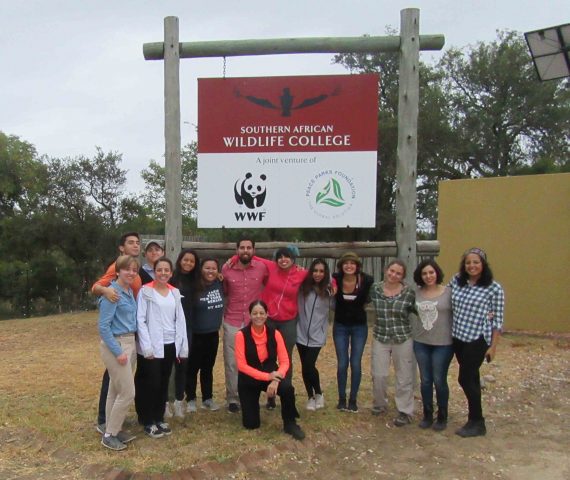 Starting this year, Nov. 3 has been designated globally as One Health Day. Three leading international groups – the One Health Commission, the One Health Initiative, and the One Health Platform – are behind the worldwide campaign designed to demonstrate the need for an approach to public health that recognizes that the health of people is connected to the health of animals and the environment.
Starting this year, Nov. 3 has been designated globally as One Health Day. Three leading international groups – the One Health Commission, the One Health Initiative, and the One Health Platform – are behind the worldwide campaign designed to demonstrate the need for an approach to public health that recognizes that the health of people is connected to the health of animals and the environment.
The One Health concept is not exactly new, yet many people are not familiar with it, and they should to be according to Dr. Aileen Marty, an infectious disease specialist at the Herbert Wertheim College of Medicine.
“Today the earth is experiencing a convergence of people, animals, and their products within a changing and threatened environment,” says Marty, who teaches a One Health course (through the Honors College) that includes taking FIU students to a One Health Hospital in South Africa where there are facilities to treat and study humans, pets, livestock, and wild-animal patients.
Approximately 75 percent of all newly emerging infectious diseases are from animals. Most of us are familiar with some diseases we can get from our pets like rabies, cat scratch fever, salmonella (from small turtles), and more exotic ones like mad cow disease, and Ebola; but many people don’t stop to think that we can also spread diseases to our pets including mumps, tuberculosis and pneumonia.

“We make sure that our students understand the medicine from the perspective of One Health which is a collaborative, integrated and multidisciplinary approach to improve health in all three domains rather than restrict our views and interventions to any single domain,” Marty says.
The Centers for Disease Control suggests that the concept of One Health has become more important in recent years “because many factors have changed interactions between people, animals, and our environment… (and) these changes have led to the emergence and reemergence of many diseases.”
These factors include population growth and expansion; disruptions in environmental conditions and land use; and increase in international trade and travel. As a result, people are coming into closer contact with wild and domestic animals, there is more opportunity for disease transmission, and for diseases to spread quickly.
“Our world is an interconnected system,”Marty says , “we depend on the animals and plants in our world for our health and wellbeing.”






